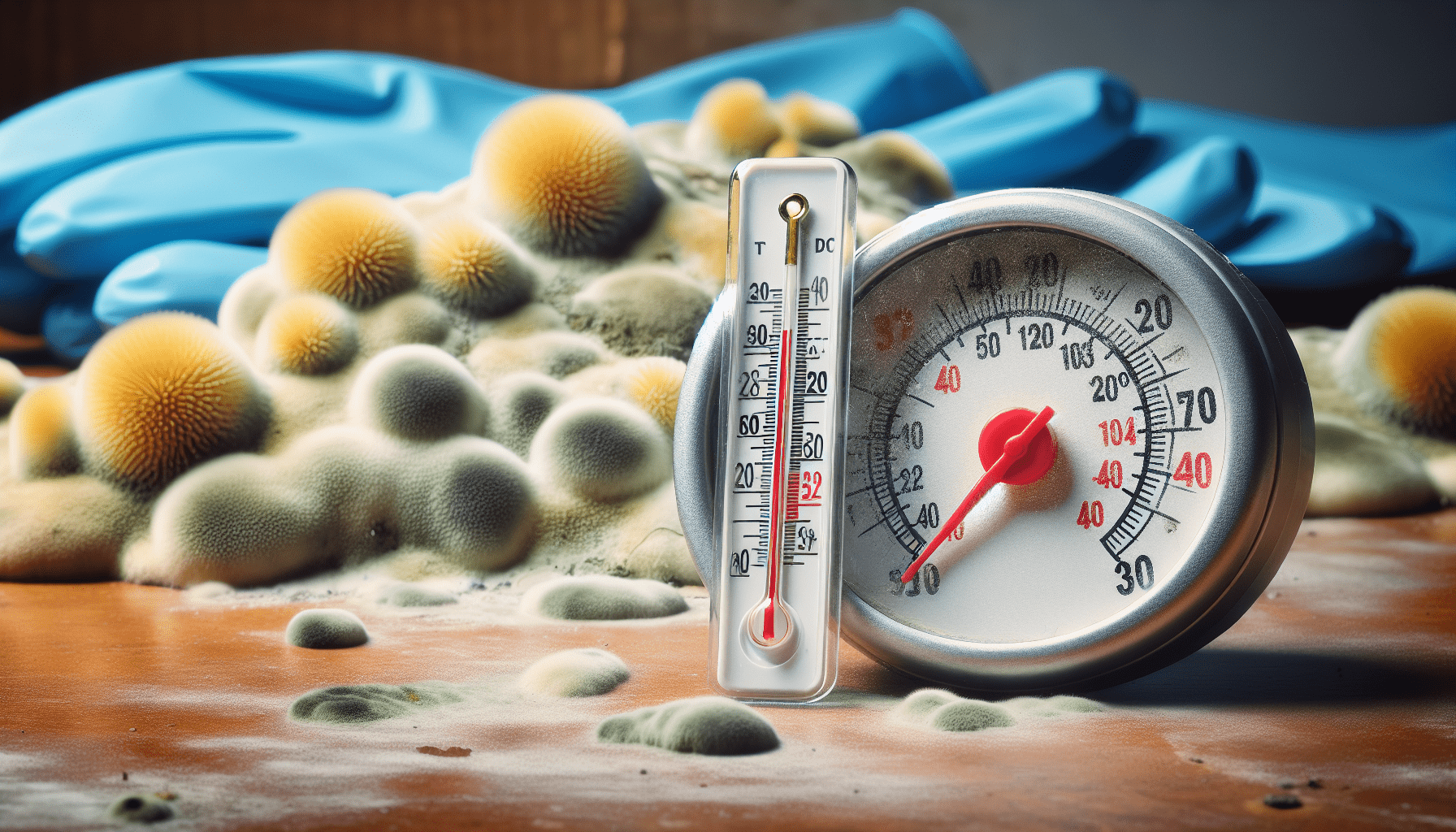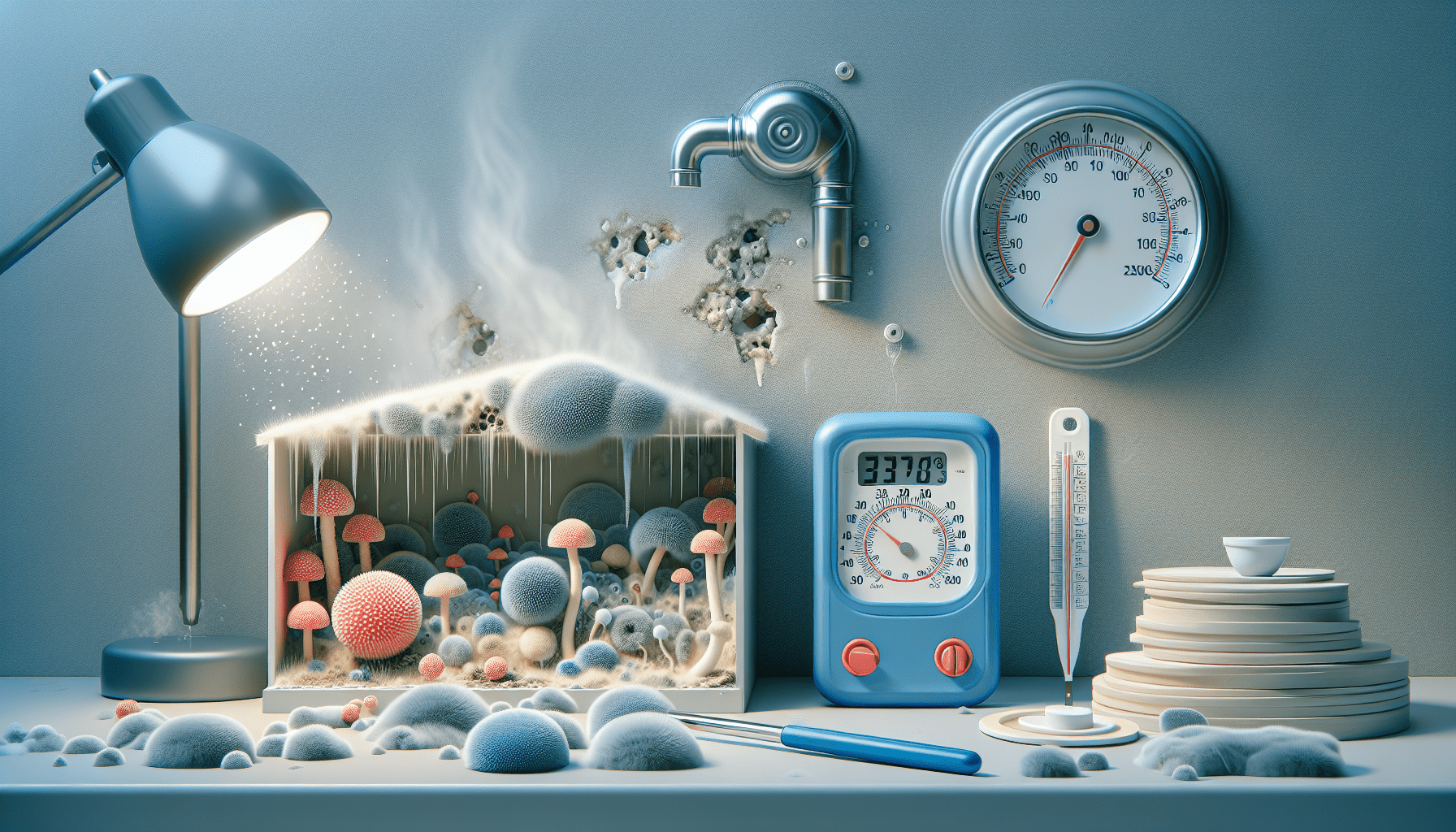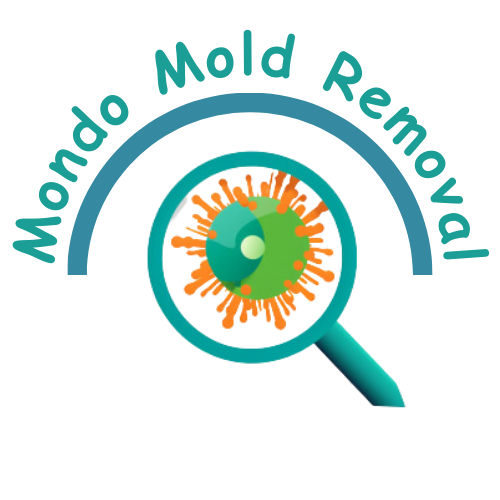If you’re in the process of determining the price for mold testing, it’s essential to consider a few important factors. Mold testing involves assessing the air quality of a space to identify any potential mold issues. The cost of this service can vary depending on factors such as the type of property, the size of the area being tested, the number of samples needed, and the level of expertise required. By taking these factors into account, you’ll be able to make an informed decision and ensure that you’re receiving accurate and reliable results.
Purpose of Mold Testing
Mold testing serves several important purposes when it comes to identifying and assessing mold growth in a property. Understanding these purposes is crucial to determining the cost-effective methods for addressing mold issues.

Identification of Mold Types
One of the primary purposes of mold testing is to identify the types of mold present in a property. Different types of mold may have varying levels of toxicity and potential health risks. By identifying the specific mold types, you can better understand the potential hazards and take appropriate actions for remediation.
Assessment of Mold Severity
Another important aspect of mold testing is assessing the severity of the mold infestation. This involves determining the extent and concentration of mold growth throughout the property. By understanding the severity, you can develop a targeted plan for mold remediation and allocate the necessary resources accordingly.
Identifying Potential Health Risks
Mold can have adverse health effects on individuals, particularly those with respiratory issues or weak immune systems. Mold testing helps identify potential health risks by determining the presence and concentration of mold spores in the air. By understanding these risks, you can take appropriate measures to protect the health and well-being of occupants.
Cost Factors
Several factors contribute to the overall cost of mold testing. Understanding these cost factors can help you budget and plan accordingly.
Type of Testing
The type of testing required will impact the cost. There are several common types of mold testing, including surface sampling, air sampling, and bulk sampling. Each method varies in complexity and cost, with air sampling generally being more expensive due to the equipment and expertise required.
Size of the Property
The size of the property being tested also affects the cost. Larger properties require more time and resources to conduct thorough mold testing. Factors such as square footage, the number of rooms, and the number of levels contribute to the overall cost.
Extent of Mold Infestation
The severity and extent of the mold infestation play a significant role in determining the cost of mold testing. Localized mold growth in a small area may require less testing and remediation, resulting in a lower cost. However, widespread mold growth throughout the property may necessitate more extensive testing and remediation efforts, leading to higher costs.
Type of Testing
Different types of testing methods are employed to assess mold growth. Understanding these methods can help determine the most suitable approach for your specific situation.
Surface Sampling
Surface sampling involves collecting samples from the physical surfaces where mold growth is suspected or visible. These samples are then sent for laboratory analysis to identify the types of mold present. Surface sampling is commonly used when visible mold growth is observed or to evaluate the effectiveness of mold remediation efforts.
Air Sampling
Air sampling involves collecting air samples to measure the concentration of mold spores present in the indoor environment. This method can help assess the overall air quality and identify potential mold issues even in the absence of visible growth. Air sampling is particularly useful when determining if occupants are being exposed to elevated levels of mold spores.
Bulk Sampling
Bulk sampling involves collecting physical samples of materials suspected of harboring mold growth, such as drywall or carpet. These samples are then tested in a laboratory to identify the types and concentration of mold present. Bulk sampling is often used when it is necessary to evaluate the extent of mold contamination within specific building materials.
Size of the Property
The size of the property being tested is an important factor in determining the cost of mold testing. Several aspects of the property’s size contribute to the overall cost.
Square Footage
The square footage of the property directly affects the time and resources required for mold testing. Larger properties will have more areas to inspect, sample, and assess, which generally results in higher costs.
Number of Rooms
The number of rooms in the property also influences the cost. Each room requires inspection, sampling, and assessment, which adds to the overall time and effort involved in the testing process. More rooms mean more work, potentially impacting the cost.
Number of Levels
The number of levels in the property contributes to the complexity of mold testing. Each level may have different areas of concern and require additional sampling and assessment. Multi-level properties generally require more extensive testing, leading to increased costs.
Extent of Mold Infestation
The severity and extent of mold growth within a property play a significant role in determining the cost of testing. Understanding the different levels of infestation can help estimate the overall expense.
Localized Mold Growth
If mold growth is localized to a small area, such as a single room or a specific material, the cost of testing is typically lower. The focus may be on sampling and assessing the affected area, rather than conducting tests throughout the entire property.
Widespread Mold Growth
When mold growth is widespread and affects multiple areas or rooms, the cost of testing increases. Extensive testing is necessary to assess the overall contamination and formulate an appropriate remediation plan. The larger the affected area, the more samples need to be collected and analyzed, resulting in higher costs.
Certification and Experience of the Mold Inspector
The certifications, qualifications, and experience of the mold inspector are crucial factors to consider when pricing mold testing services.

Certifications and Training
A qualified mold inspector should possess relevant certifications and training in mold assessment and remediation. Certifications from reputable organizations, such as the National Association of Mold Professionals (NAMP) or the Institute of Inspection, Cleaning, and Restoration Certification (IICRC), demonstrate the inspector’s expertise and adherence to industry standards.
Years of Experience
Experience is another important aspect to consider when selecting a mold inspector. A more experienced inspector will have encountered a wide range of mold situations and can provide valuable insights and recommendations. While their services may come at a higher cost, their expertise can save you money in the long run by identifying and addressing mold issues effectively.
Additional Services Included in the Price
When comparing prices for mold testing services, it is essential to consider the additional services included in the package. These services can vary between different providers and impact the overall value you receive.
Lab Analysis and Reporting
Lab analysis of the collected samples is a crucial component of mold testing. The cost of the analysis and the subsequent report should be included in the price. Make sure to inquire about the turnaround time for receiving the results and whether the report includes recommendations for remediation.
Mold Remediation Plan
A comprehensive mold testing service should also include a mold remediation plan. This plan outlines the necessary steps to address the identified mold issues. The cost of developing the plan should be considered when pricing mold testing services.
Post-Testing Clearance
Post-testing clearance is an important step in the mold remediation process. It involves retesting to ensure that the mold has been effectively removed and the property is safe for occupancy. Including this service in the initial price can save you time and money by avoiding additional testing costs.
Location of the Property
The location of the property being tested can also influence the cost of mold testing services. Consider these factors when estimating the overall expense.
Local Market Rates
The local market rates for mold testing services vary based on geography and the prevailing demand for such services in your area. Urban areas or regions with high humidity levels may have higher market rates due to increased mold-related issues. It is essential to research and compare prices in your specific location to get an accurate estimate.
Travel Expenses
If the property being tested is located outside the service area of the mold testing company, there may be additional travel expenses incurred. These expenses can increase the overall cost, so it is important to clarify with the company upfront if any travel fees apply.
Urgency of the Testing
The urgency with which you require mold testing can impact the cost. Consider these factors when determining the timeline for the testing process.
Standard Turnaround Time
Mold testing companies often have standard turnaround times for delivering the results of the analysis. Choosing the standard turnaround time typically comes at a lower cost compared to expedited or rush testing. If time is not a critical factor, opting for the standard timeframe can help you save money.
Emergency or Rush Testing
If you have an urgent need for mold testing, such as during a real estate transaction or due to health concerns, you may require emergency or rush testing. These services prioritize quick results, but the expedited nature of the testing may come at a higher cost. It is important to discuss the urgency with the mold testing company to determine the associated fees.
Insurance Coverage
Insurance coverage can play a role in the cost of mold testing. Depending on the type of insurance you have, certain expenses may be covered.
Health Insurance
While specific coverage varies between providers and policies, some health insurance plans may cover mold-related health issues. If you suspect that mold in your property is affecting your health, it is worth checking with your health insurance provider to understand what costs might be covered.
Homeowner’s Insurance
In certain cases, homeowner’s insurance policies may cover mold testing expenses, particularly if the mold growth is a result of a covered event, such as water damage from a burst pipe or a roof leak. Review your policy or consult with your insurance agent to determine if mold testing falls within your coverage.
Understanding the various cost factors involved in mold testing is crucial for effective budgeting and decision-making. By considering factors such as the type of testing, size of the property, extent of mold infestation, certification and experience of the mold inspector, additional services included in the price, location of the property, urgency of the testing, and insurance coverage, you can make an informed choice when selecting a mold testing service that meets your needs and budget. Remember, prioritizing the health and safety of occupants should always be the primary concern when dealing with mold-related issues.






